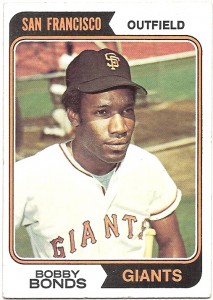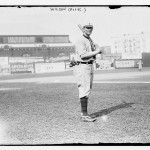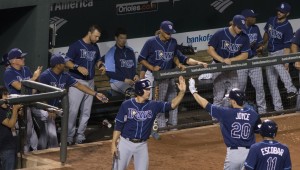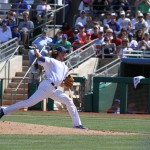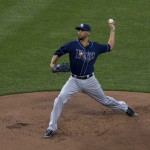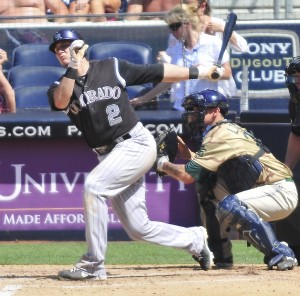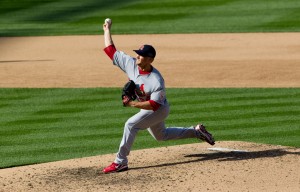When the Single A (Rookie) Pioneer League Salt Lake City Trappers topped the Pocatello Giants 12-6 on June 25, 1987, no one – including the Trappers themselves – could have predicted it would be more than a month before they would taste defeat. The Trappers would, in fact, go on to win a total of 29 consecutive games – in a winning streak that ran from June 25 through July 26 and remains the longest unbeaten streak in professional baseball.
The Trappers – an independent team in a rookie league that featured teams affiliated with the Reds, Dodgers, Brewers, Blue Jays, Braves and Giants – were made up of players who went undrafted or unsigned by baseball’s major league franchises. Despite the fact that major league franchises had the inside track on signing the best players (deeper pockets, advanced scouting, more opportunity) and in spite of the support from their major league parent clubs enjoyed by most of the Trappers’ competition, the Salt Lake City team enjoyed considerable success and, in 1987, were on their way to a third consecutive Pioneer League championship.
The team stocked its roster through relatively open tryouts, but there seemed to be an emphasis on former college players who felt they had something to prove to the MLB franchises that had “rejected” them in the draft or during the signing period. (Some argued that the Trappers, despite going unsigned, were older and more experienced than many of their developing competitors. However, the team’s average age was only about eight months older than the overall Pioneer League average.) While 13 members of the 1987 Trappers’ squad eventually signed with major league organizations, none made it to the major leagues.
During the 29-game winning streak, the Trappers outscored the opposition 255-122. The streak included 15 road and 14 home games, three extra-inning contests, four one-run victories and a doubleheader sweep. Notably, the Trappers went on to record a 49-21 season, finish first in their division and beat the Helena Brewers in the League Championship Series.
The Trappers relied on their bats to carry the day, scoring the most runs in the eight-team league (543, with their nearest rival – the Helena Brewers – trailing by 92), while giving up the fifth-most runs. The Trappers’ .320 team batting average led the Pioneer League, while their 4.65 team ERA was fourth (the Great Falls Dodgers had the league’s lowest ERA at 3.48).
Here’s a bit of background on some of the 1987 Trappers’ key players:
Adam Casillas (OF) … Casillas played in 60 of the Trappers’ 70 games in 1987, putting up a .385-1-44 (avg.-HR-RBI) line. Signed by Reds after playing with the Trappers (also later played in Royals’ system and the Mexican League), Casillas had the longest professional career among the 1987 Trappers. In nine minor league seasons, he got as high as AAA. He hit over .300 in five seasons, including .307 for the AAA Omaha Royals (89 games) in 1992. Notably, his minor-league resume includes three batting titles: 1989, Midwest League – .327 for the Cedar Rapids Reds; 1990, Southern League – .336 for the Chattanooga Lookouts; 1994, Mexican League – .367 for Monterrey Industriales. In 4,109 minor league at bats, Casillas struck out only 190 times.
Frank Colston (1B) … Hit .397-1-46 in 52 games for the 1987 Trappers. Signed by the Mariners, Colston lasted two seasons, never playing above Class A. He hit .209 in 67 games for the Wausau Timbers (Mariners’ affiliate) in the Midwest League in 1988. He finished his pro playing career in 1989 with the unaffiliated Miami Miracle. Colston played college ball (1985-86) for Louisiana Tech, where he was an All Southland Conference player both seasons and was later selected to the 1980’s Southland Conference All Decade Team. He went .352-20-98 in 105 games for Louisiana Tech.
Jim Ferguson (SS) … Hit .327-3-40, while holding down SS position in 65 games for the 1987 Trappers. Ferguson then signed with the Cardinals, where he reached High A, hitting .251, with one homer and 30 RBIs in 126 games (1989) for A-Level Savannah Cardinals. His last professional season was 1990. Ferguson was an All New England player for University of New Haven (1983-86).
Eddie Citronelli (OF-C) … Citronelli hit .303-10-57 in 67 games for 1987 Trappers, in what was his only professional season.
Mike Malinak (OF) … Malinak played 69 games for the 1987 Trappers, hitting .321-12-57 (the 12 home runs led the league). Signed by the Reds, Malinak hit .232-17-66 in two seasons in their system, both for the Class A Cedar Rapids Reds (Midwest League).His last pro season was 1989. Before joining the Trappers, Malinak had been a star for Baylor University and his career record for hits was broken in 1996.
Mathis Huff (OF) … Huff hit a Pioneer League-leading .417 (48 games) for the 1987 Trappers, with 7 home runs and 37 RBI. The six-foot-seven, Samoan-born Huff played one more season – for the unaffiliated Miami Miracle (A level), hitting .239-4-31.
Kent Hetrick (RHP) … Hetrick went 9-2, 4.84 for 1987 Trappers (26 walks/63 strikeouts in 70 2/3 innings). Signed by the Reds, Hetrick played two seasons in their system, getting as high as the AA El Paso Diablos of the Texas League. Hetrick went 11-14, 3.71 in those two seasons in the Reds’ system.
Tim Peters (RHP) … Reliever Peters appeared in 38 of the 1987 Trappers’ 70 games, going 9-3, 2.10 with 11 saves (29 walks/83 strikeouts in 87 innings). Signed by the Expos (also played in Indians’ system), Peters went 11-9, 2.15 with 37 saves in three seasons with MLB affiliates. 1990 was his final professional season.
Michael Humphrey (RHP) … In 1987, went 5-2, 3.29 for the Trappers (after a 5-3, 4.17, Trapper season in 1986). 1987 was his last pro season. Humphrey played his college ball at Indiana University, leading the team in victories (10) in 1985 and still holding the IU career record for complete games (22 …1982-85).
While the players from the 1987 Salt Lake City Trappers may not have made it all the way to the show, they did make it to the Baseball Hall of Fame – which includes memorabilia from that 1987 29-game winning streak.

